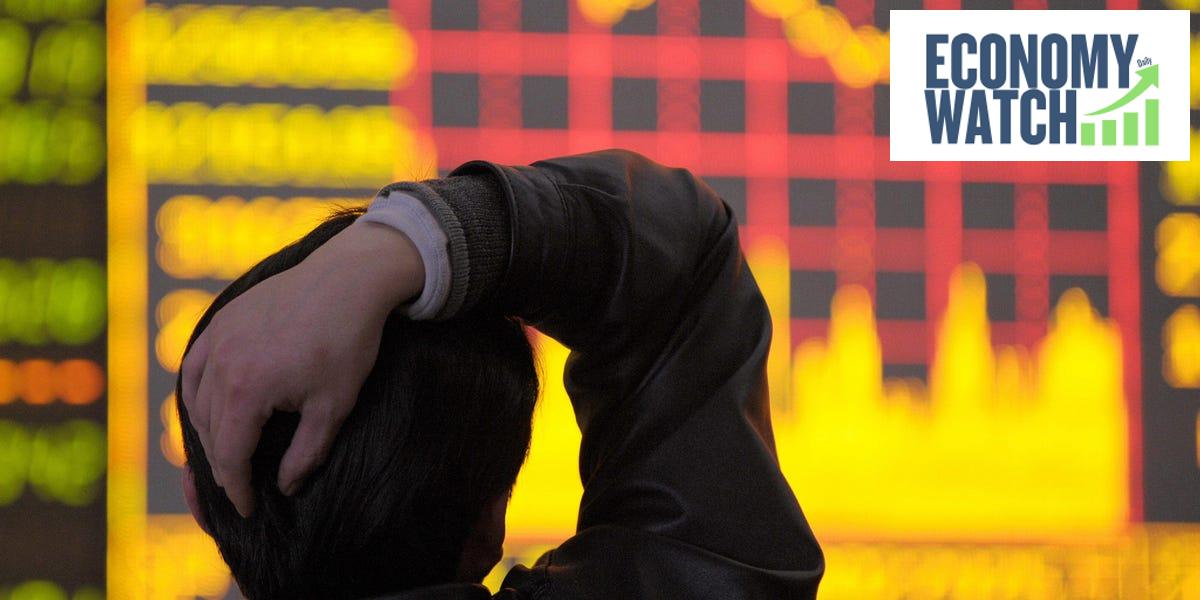On Friday, the U.S. stock market experienced a dramatic fall, with the Dow Jones Industrial Average plunging more than 700 points in what is being called the worst day for stocks in 2025. This sharp decline followed an all-time high just two days earlier for the S&P 500. The market’s downturn is linked to several troubling economic reports that have left investors worried about the future.
Here’s the data trifecta that hit stocks:
The drop in stock values can be traced back to three significant pieces of economic news released on Friday. First, consumer sentiment, which measures how confident people feel about the economy, hit its lowest point since November 2023 at just 64.7. This reveals that many people are feeling uncertain and anxious about spending money.
Next, the number of existing home sales in January fell short of expectations, coming in at 4.08 million, raising eyebrows across the market. With fewer homes being sold, this suggests that people are holding back on big purchases, which is not a good sign for the economy.
Lastly, the S&P flash U.S. services PMI, a survey that indicates the health of the service sector, unexpectedly contracted to 49.7 in February, indicating a slowdown. Normally, a reading below 50 suggests that the sector is contracting, which could mean less business activity and slower growth.
Why are investors worried?
These economic signals, especially the decrease in consumer sentiment, have raised concerns about ongoing issues like inflation and interest rates. Investors are particularly wary that if inflation stays high, the Federal Reserve might decide to raise interest rates even more. Higher interest rates could mean it becomes more expensive to borrow money, which can stifle economic growth.
Many consumers are also bracing for what might come next. Over half of those surveyed are expecting rising unemployment in the next year. This kind of outlook often causes consumers to hold back on spending, which can create a cycle of economic slowdown.
Market Overview: Where do the numbers stand?
| Index | Change | Percentage Change |
|---|---|---|
| Dow Jones | -781 | -1.8% |
| S&P 500 | -1.7% | -1.7% |
| Nasdaq Composite | -2.2% | -2.2% |
The overall mood in the stock market is influenced by widespread declines across many sectors. For instance, major tech companies like Tesla and Nvidia saw significant sell-offs, while some stocks, like Akamai Technologies, plummeted by an astonishing 21.7% due to disappointing revenue forecasts.
Yet, in this cloudy moment, a few companies stood out. Stocks in companies like Moderna soared after news about a new coronavirus variant. This shows that while many industries are struggling, there are pockets of growth nestled among the declines.
Looking ahead: What’s next for the stock market?
As the market continues to react to these economic signals, investors are closely watching government decisions and upcoming earnings reports. They want to understand if these trends will continue or if companies will find ways to adapt to the changing economic landscape.
In summary, the drastic fall in stock prices highlights how interconnected our economy is and how public sentiment can greatly influence market reactions. With consumers feeling less confident and businesses facing unexpected downturns, the journey ahead for the stock market will likely be filled with ups and downs.



